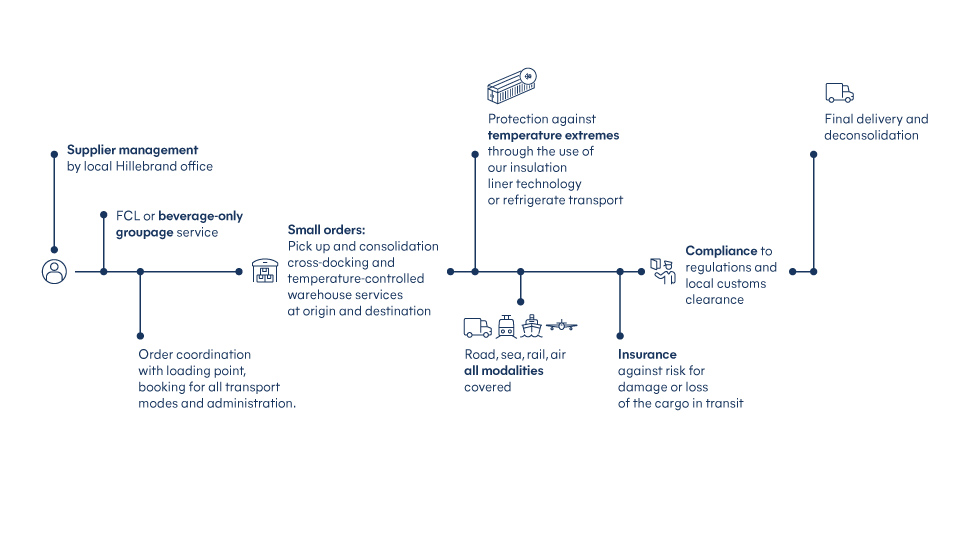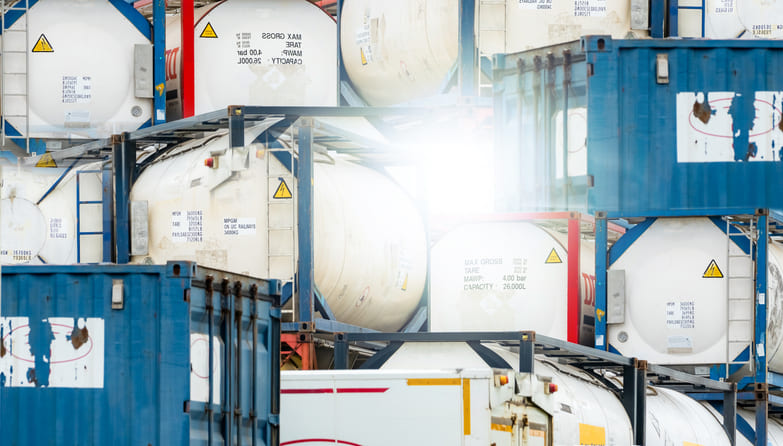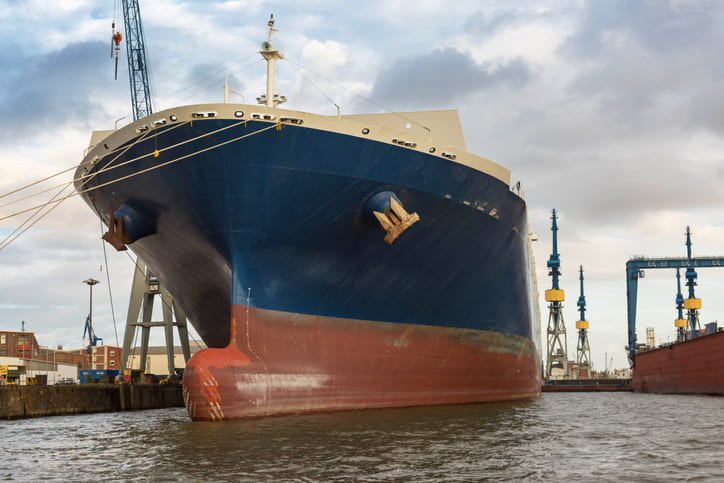Ocean freight: a sustainable way to ship wine
There are several ways to ship products worldwide, but ocean freight is an attractive option for many businesses because of its cost-effectiveness and sustainability.
Consider this: In the “old days,” people took cruises and ferries to move around the world.
Now, or just before the COVID-19 crisis, we have the ability to fly to any place in the world, even if the distance between departure and arrival points is only a few kilometers.
However, we still find that ocean freight remains a viable and sustainable way to transport wine from one place to another.
What is ocean freight?
The definition of ocean freight is a way to transport products by sea, putting the cargo in shipping containers then loadeding them onto vessels.
Today, we continue to see 90% of the world’s trade being carried this way.
There are a few reasons to choose ocean freight:
- Cost: While air freight is often faster, it can be five or six times more expensive. So, ocean freight is a more affordable way to move your liquids.
- Capacity: Vessels can carry between 18,000 and 30,000 containers and each shipping container can hold 10,000 bottles of wine or 24,000 liters of any bulk liquid.
- Sustainability: The CO2 emissions are much lower. Take a look at the following comparison.
(Source: DEFRA, Clean Cargo calculation 2018)
What are ocean freight charges?
The ability to plan in advance and factor in ocean freight transit time not only protects the environment but also your cash flow.
That's why it's essential to understand the charges involved in ocean freight. Here are some common charges:
- Customs clearance: Fees associated with the paperwork and documentation needed for customs clearance
- Demurrage: A charge levied when you keep a container inside a container terminal past the free period
- Detention: A fee for keeping a container in your possession beyond the free period outside the container terminal
- Drayage (delivery): A charge for delivering your product to its final destination via a short-haul truck
- BAF (Bunker adjustment factor): A charges to cover the variable cost of fuel
- Fumigation/invasive species: A fee imposed to cover the cost of fumigating cargo and preventing the spread of invasive species, see ISPM 15.
- Ocean freight: A charge for transporting your products by ship between ports
- Terminal handling: An ocean-freight-only fee to cover expenses such as equipment
maintenance, labor costs for using the equipment and the cost of accessing the terminal - Warehousing: A storage fee for exceeding the negotiated free pickup or delivery period with your carrier
It's important to remember that these are just a few potential shipping charges related to ocean freight. It's wise to do your research and consult with an experienced shipping company to ensure you're making the right decisions for your business.
With a better understanding of ocean freight costs, you can be prepared to make informed decisions about the international shipping needs of your business.
How does ocean freight work?
The process of ocean freight transportation begins at a specific port terminal, where the company you’ve chosen to transport your cargo takes possession of it.
After preparation, the company loads the item onto the ship, which takes it to its destination port.
Upon arrival at the destination port, the cargo is unloaded and transported to its final destination via truck or rail — depending on what mode of transportation is available in the area.
Ships transport ocean freight using increments of twenty-foot equivalent units (TEUs). Standard containers for shipping goods are available in two sizes, 20 and 40 feet.
International Organization for Standardization (ISO) tanks are available for bulk ocean freight.
Ocean freight: How Hillebrand Gori can help
If you need to move less than one container, you can rely on Hillebrand Gori’s groupage beverage- only services with frequent departures, covering more than 120 trade lanes around the world.
When moving your beer, wines or spirits around the world, several steps are required, including the understanding of alcoholic beverages’ regulations and legislation, which can take too much of your valuable time. That’s why Hillebrand Gori has a team of experts in 90 countries to help you with all the administration and stages involved in the ocean freight shipping process.
Our friendly teams will check the temperature risks during the transit time, recommend the best way to protect your cargo from thermal shocks and humidity, manage everything with suppliers, arrange inland transportation to port, book space in vessels, clear customs and everything that is required for your beverages and bulk to be delivered timely and safely!

All you’ll need to do is connect to myHillebrandGori to check the progress of your shipment and have access to all the documents.
Are you ready to start the most efficient shipping journey for your wine?
Contact us and learn more about our services!
How can we help your business grow?
-ebook-1---global-freight-forwarding/hil---cta-text-1---ebook-global-freight-forwarding-(1).png?sfvrsn=a2292c3e_3)
-ebook-1---global-freight-forwarding/hil---cta-post---gray.png?sfvrsn=3c55786a_1)



